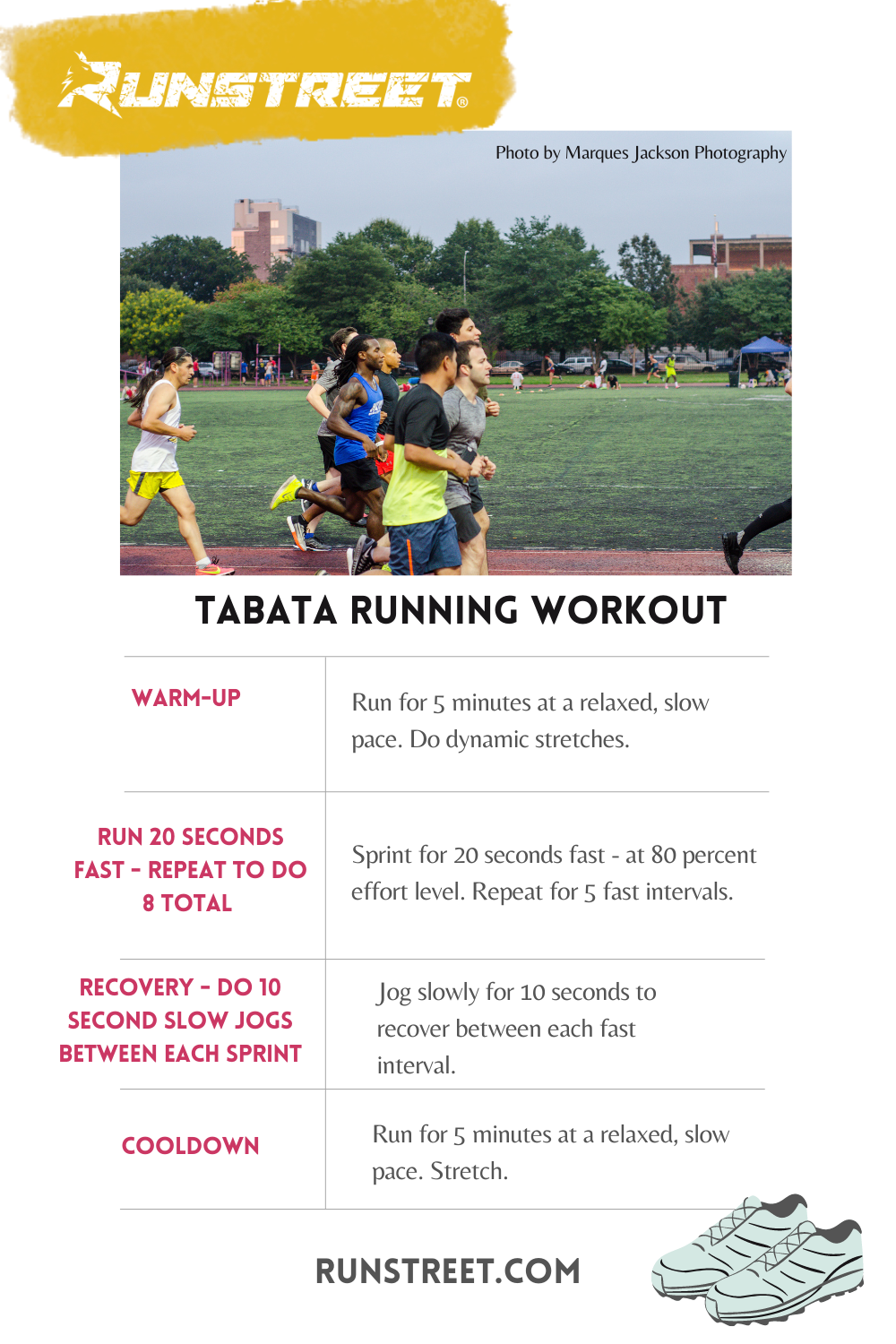Boost Your Running Strategy with Proven Techniques
Boost Your Running Strategy with Proven Techniques
Blog Article
Getting Over Discomfort in Running: Techniques and Techniques That Work
Pain is a typical friend for several joggers, typically functioning as a barrier to attaining their wanted objectives. Nevertheless, with the best approaches and techniques, it is feasible to get over and even avoid the discomfort associated with running. By exploring various approaches such as recognizing the different kinds of running discomfort, maximizing footwear and kind, integrating cross-training and stamina workouts, carrying out reliable healing methods, and maintaining correct nourishment and hydration, joggers can potentially reduce their pain and enhance their overall running experience.
Understanding Various Kinds Of Running Pain

An additional kind of running pain is joint discomfort, which can materialize as a sharp or achy discomfort in locations such as the knees, hips, or ankle joints (running strategy). Joint pain might be caused by factors like improper running type, overuse, or underlying problems like joint inflammation (great tips). It is necessary to set apart between muscular tissue discomfort and joint pain, as the latter might need clinical attention to avoid further injury
Recognizing the various types of running discomfort is vital for reliable management and avoidance methods to ensure a safe and pleasurable running experience.
Proper Footwear and Running Type
To optimize performance and lower the threat of running-related injuries, picking ideal shoes and preserving proper running kind are crucial components for runners of all levels. It is recommended to select running shoes that are especially developed for the person's foot type, running gait, and the kind of running activity they engage in.

Cross-Training and Stamina Exercises
Toughness workouts, like squats, lunges, and core exercises, play an important function in stabilizing muscular tissues and improving running effectiveness. They can correct muscle discrepancies, boost agility, and enhance power outcome, all of which are important for running efficiency.
Incorporating cross-training and strength workouts into a running program must be done tactically. It is very important to enable adequate rest between running sessions and cross-training tasks to avoid overuse injuries. Furthermore, concentrating on correct form and method during strength exercises is essential to optimizing their advantages and reducing the risk of injury. By incorporating these elements right into a running regimen, joggers can develop a more powerful structure, boost efficiency, and delight in a more sustainable running experience.
Recovery and Relax Methods
Having developed the importance of cross-training and toughness workouts in a thorough running regimen, interest can now be guided in the direction of Healing and Relax Methods as essential elements for enhancing performance and lowering the threat of injuries. (running workout)
Recuperation after running is critical for muscle fixing and growth. Strategies such as foam rolling, stretching, and massage therapy help in decreasing muscle soreness and improving adaptability. Ample remainder between runs allows the body to recoup and adapt to the physical stress and anxiety, preventing overuse injuries.
Incorporating active healing days right into a training schedule, where low-intensity activities like walking or biking are performed, can enhance blood circulation and advertise recovery without putting excess strain on the muscular tissues. In addition, proper hydration and nourishment play an important duty in the recovery process by renewing shed fluids and nutrients.
Quality rest is one more essential aspect of recuperation that need to not be ignored. During rest, the body undergoes repair service and Full Article regrowth processes, adding to overall physical and psychological wellness. By focusing on healing and remainder techniques, joggers can preserve optimum performance levels and decrease the chance of experiencing discomfort or injuries.
Nourishment and Hydration for Runners
Carbs supply power for running, while healthy proteins help in muscular tissue fixing and recuperation. Appropriate hydration is likewise crucial to maintain optimum performance, as also moderate dehydration can adversely affect running performance. In addition, timing dishes and snacks suitably prior to runs can aid avoid gastrointestinal pain and offer the essential energy for peak performance.
Final Thought
In verdict, by understanding the different sorts of running discomfort, putting on proper shoes, maintaining appropriate running kind, including cross-training and strength exercises, prioritizing recovery and rest, and concentrating on nourishment and hydration, runners can successfully get over pain and improve their performance. Executing these approaches and techniques can help joggers protect against injuries, boost their endurance, and ultimately appreciate a more meeting running experience.
Report this page